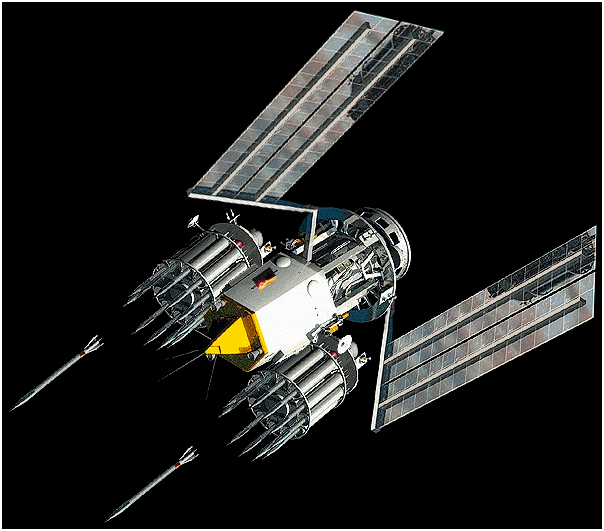Chinese Space Program 11 - International Protests of a Chinese Test of an Anti-Satellite System
The United States military utilizes low earth orbit satellites for guiding "smart" bombs, military communication networks and surveillance. The Chinese 2007 demonstration of the capability to destroy satellites in orbit showed that U.S. satellites were now vulnerable to destruction by countries which might be enemies in the future. The U.S. lodged a protest with the Chinese government over the test which destroyed an old Chinese weather satellite. The U.S. cited the test went against the "spirit of cooperation that both countries aspired to in the civil space area." Australia, Canada, Britain, South Korea and Japan also complained about the test.
Despite the formal complaints, the Bush Administration opposed an official ban on such tests because the U.S. might want to conduct such tests in the future. There is speculation that the Chinese test was intended to prod the U.S. into accepting a ban on orbital weapon tests. On the other hand, the Chinese might just have been flexing their muscles and showing that they were ready to engage in the use of space for military purposes. The timing of the Chinese test is interesting. A few months before the test, the Bush Administration had announced that the U.S. reserved the right to respond to any threat in space. The right of the U.S. to deny access to space by hostile nations was also asserted. There have been accusations that the U.S. has been secretly testing laser weapons that could disable or destroy a satellite.
In 1967 the U.S. and the Soviet Union signed the Treaty on Principles Governing the Activities of States in the Exploration and Use of Outer Space, including the Moon and Other Celestial Bodies. One hundred and two countries have signed the treaty as of 2013. One section of the treaty deals with the militarization of space. States that sign the treaty are prohibited from "placing nuclear weapons or any other weapons of mass destruction in orbit around the Earth, installing them on the Moon or any other celestial body, or to otherwise stationing them in outer space. It exclusively limits the use of the Moon and other celestial bodies to peaceful purposes and expressly prohibits their use for testing weapons of any kind, conducting military maneuvers, or establishing military bases, installations, and fortifications." Unfortunately, there is no prohibition against placing conventional weapons in orbit. There are designs for rods with small engines and steering mechanisms that would rely on extremely high velocity to wreck havoc when sent out of orbit without the need for any explosives.
The Chinese test may be the starting gun for a race to militarize Earth orbit. It is difficult to believe that space faring nations will be able to resist the urge to develop space weapons. If this military space race occurs, it is doubtful that the Outer Space Treaty will serve as much of a deterrent:
Concept art for orbital weapons:
